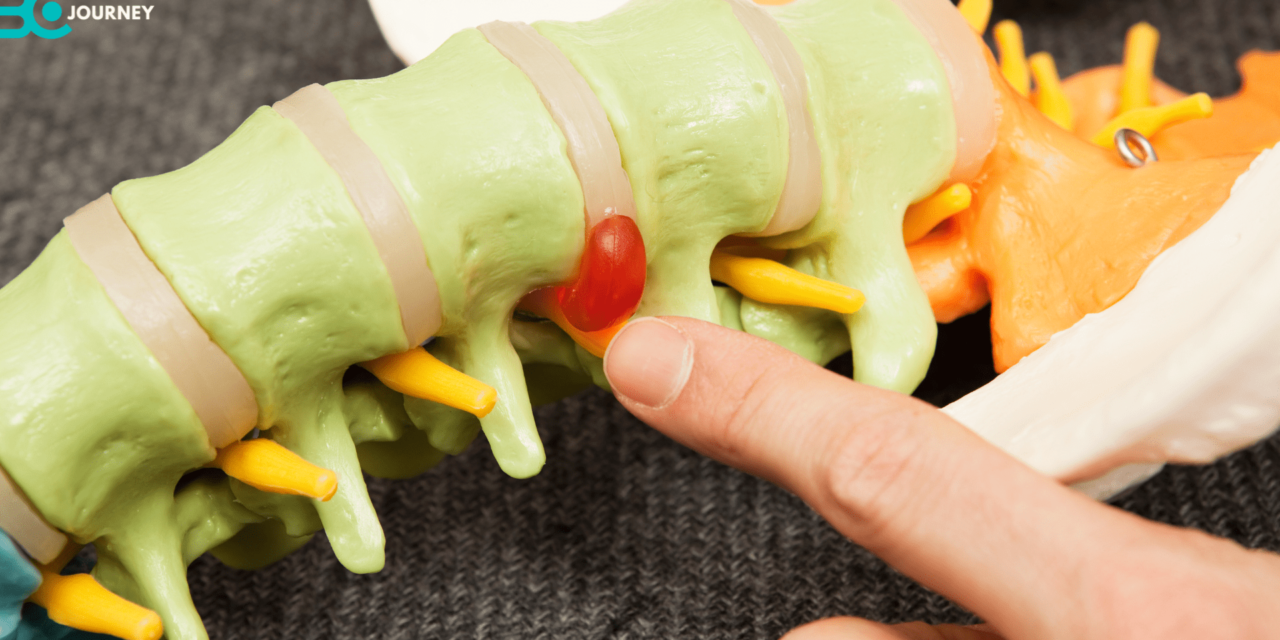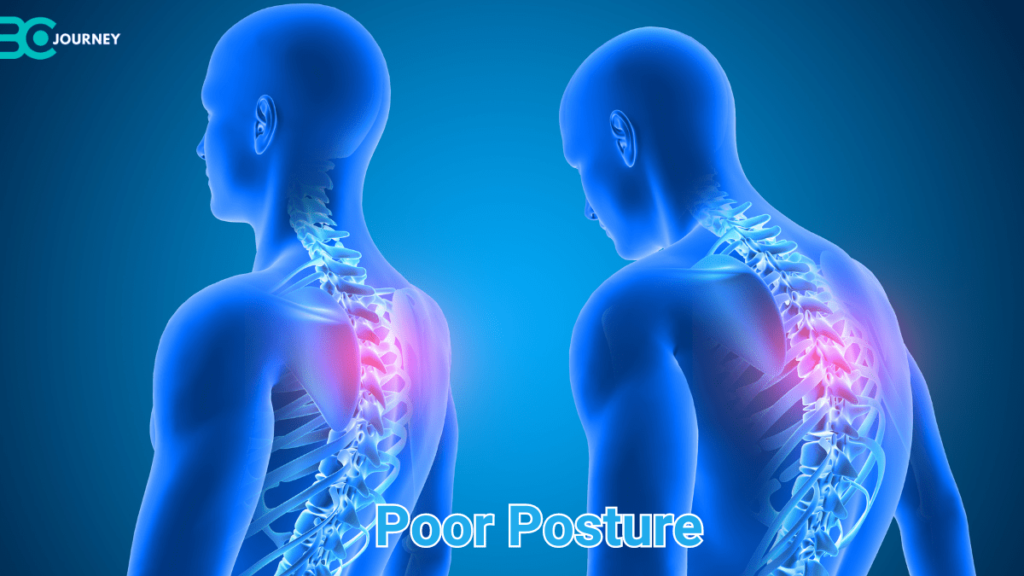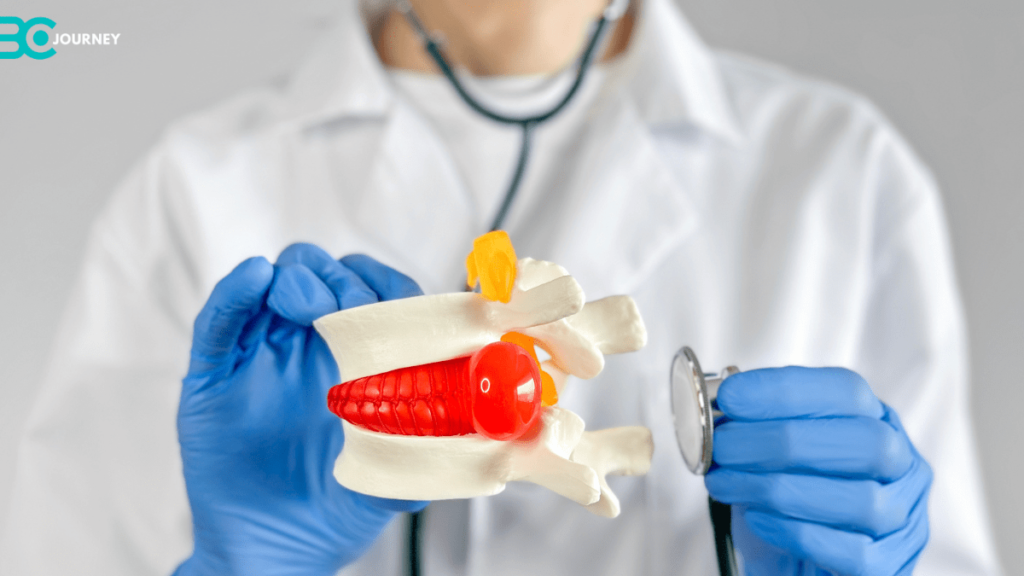Back pain is a common issue affecting many people worldwide. Among multiple causes of back pain, herniated disks are among the most common. This article will examine a herniated disk and explain its symptoms, causes, and potential treatments, including self-care methods.
Additionally, the article will address a couple of conditions contributing to the development of herniated disks and lifestyle adjustments that can be beneficial in dealing with the condition and potentially preventing it.
What is a Herniated Disk?
A herniated disk, also known as a slipped or ruptured disk, is a condition in which a part of the soft inner core of a spinal disk is pushed out through a crack in its tougher outer layer.
Depending on whether the herniated disk exerts pressure on the nearby nerves and where this pressure occurs, people may feel pain, numbness, or weakness in their arms, legs, or other body parts. Normally this condition occurs in the lower back but may also affect the neck or other parts of the spine.
Herniated Disk vs. Slipped Disk: What’s the Difference?
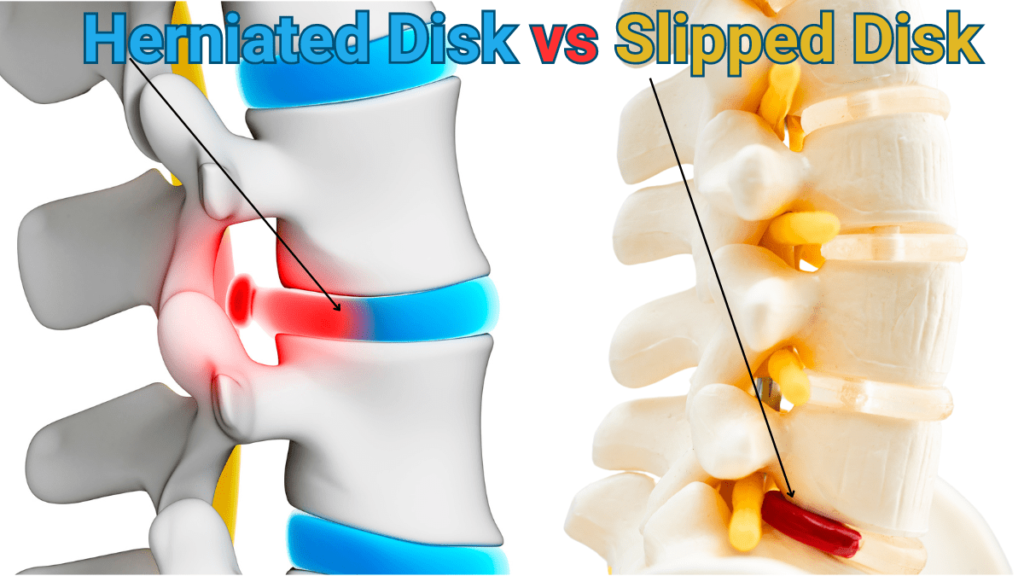
Many sources use the terms “herniated disk” and “slipped disk” interchangeably, even though they have slight differences in meaning. “Slip” means movement of the disk since a slipped disk is when the disk moves out of place between two adjacent vertebrae.
Meanwhile, the term “herniated disk” refers to the process by which the inner part of the disk squirts out from the outer one. Both cases describe the same condition, but one focuses on the movement aspect, and the other refers to the rupture.
Symptoms of a Herniated Disk
The symptoms of a herniated disk depend on the location and severity of the herniation. The most common symptoms involve:
• Pain in the affected area, which, in turn, can be lumbar, cervical, or thoracic.
• Numbness or tingling in the arms or legs and the feet if their nerves are involved.
• Weakness, muscle weakness in the arms or legs manifesting in everyday tasks, extreme difficulty.
• Radiating pain, or sciatica in the legs, when down the legs or in the arms affect the pain.
These symptoms can worsen over time if the condition is not properly managed.
Causes of a Herniated Disk
There are numerous causes of a herniated disk, whether they occur naturally due to the aging process or through traumatic injuries. Here are the most common causes:
Aging and Degeneration
As one ages, the spinal disks usually lose water content, making them less flexible when under pressure, and they can rupture easily. This effect of wear and tear is the most common cause of a herniated disk because the outer layer of disks is already brittle, thus making them prone to rupture.
Trauma or Injury
A herniated disk can occur as a result of trauma, where the spine incurs a load it cannot take, and the outer layer breaks from the pressure. This means a herniated disk can occur if too much pressure or twist is generated in the spine.
Herniated Disk from a Car Accident
Yes. Car accidents are a leading cause of herniated disks, especially due to whiplash or sudden impacts. A car crash’s sudden, violent motion can cause the spine to experience abnormal stress, leading to disk damage.
Each year, car accidents cause herniated disks and other serious complications. Early medical evaluation is important, as symptoms might take days or weeks to develop.
Repetitive Movements
Repeated activities, such as constantly bending, twisting, or lifting, stress the spinal disks, which tend to wear over time. Poor form or lifting technique tends to exacerbate the risk easily. As a result, jobs with heavy lifting or awkward postures can cause herniation.
Obesity
Carrying excess weight means more stress on the spine, particularly in the lower back or lumbar region. This added pressure can compress the disks, making them more prone to herniation. Therefore, maintaining a healthy weight reduces the risk of disk problems by sparing the spine unnecessary stress.
Poor Posture
Slumping or slouching tends to have uneven pressure on the spinal disks when sitting or standing for long hours. As a result, dental misalignment can occur, leading to premature disk degeneration and increasing the risk of herniation. As a caution, one can practice good posture.
Genetics
Some people may be genetically predisposed to getting herniated disks. This is more likely if you have a family history of back or spine problems. Inheriting certain genes that control the durability of your disks or how prone they are to damage may play a role.
Herniated Disk While Pregnant
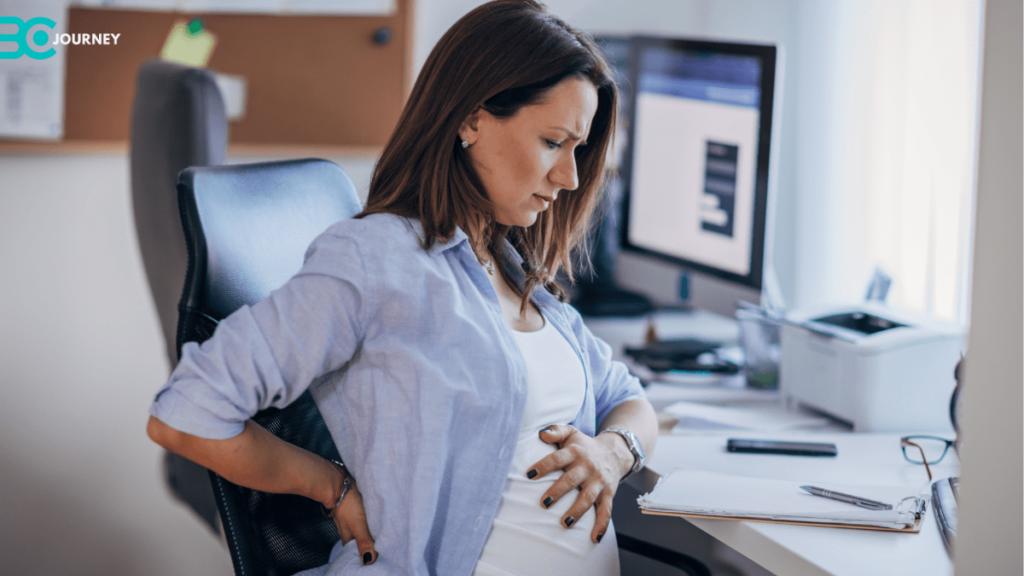
Pregnancy puts additional stress on a woman’s body, especially the spine. After all, your growing baby is heavy, and the weight shifts your centre of gravity forward. This new weight distribution puts more force on the spinal disks, especially those in your lower back.
In addition, hormone changes during pregnancy also loosen ligaments. This can further increase your risk of a herniated disk. If you’ve had a disk problem even before you were pregnant, this may also add to the discomfort.
Treatment Options for a Herniated Disk
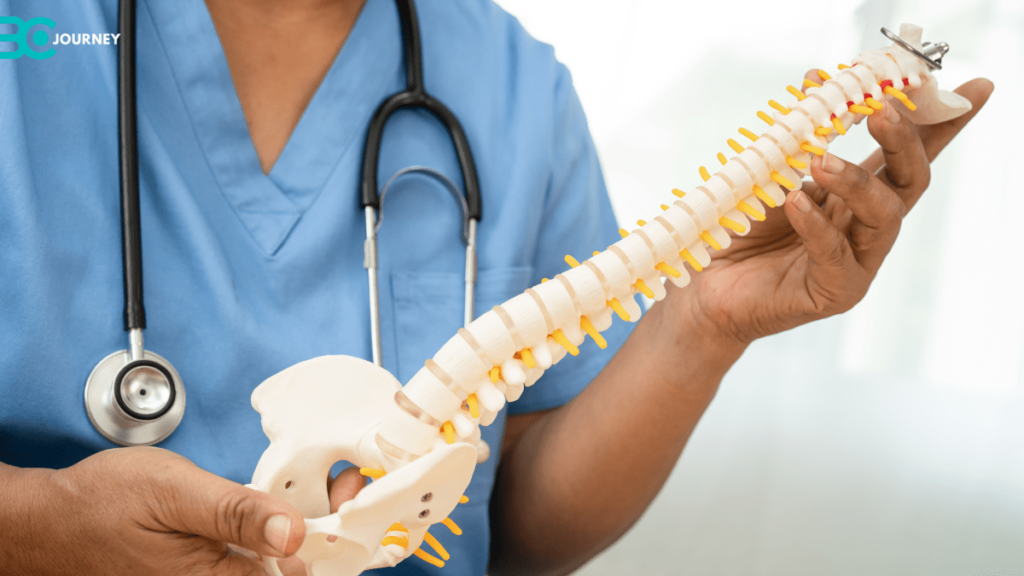
The treatment you’ll need for your herniated disk depends on the severity of your condition and your overall health. There are both non-surgical and surgical options, which include:
Herniated Disk Self-Care
For most people, self-care and non-surgical treatments are quite helpful. Some self-care options include:
- Rest and Activity Modification: Having brief rest periods and avoiding uncomfortable activities can help healing.
- Over-the-counter Pain Relief: Taking NSAIDs like ibuprofen can effectively reduce pain and inflammation.
- Ice and Heat Therapy: Ice will be most beneficial 48 hours after your injury. After that, you can safely apply heat. It’ll reduce your pain and help healing occur.
- Exercise and Stretching: Exercising and stretching your back to strengthen the muscles attached to your spine will help reduce pressure on your disk.
- Correcting Posture: Sitting, standing, or walking with a straight back and shoulders that are not hunched can prevent further disk injury.
Non-Surgical Treatments for a Herniated Disk
If these don’t work, you may need medical intervention. Non-surgical treatment options include:
- Physical Therapy: A trained physical therapist can help you develop a structured exercise program designed to strengthen the muscles supporting the spine and increase mobility.
- Epidural Steroid Injections: These can reduce swelling around the nerve. The result is that your pain and other symptoms will be reduced.
Herniated Disk Surgery
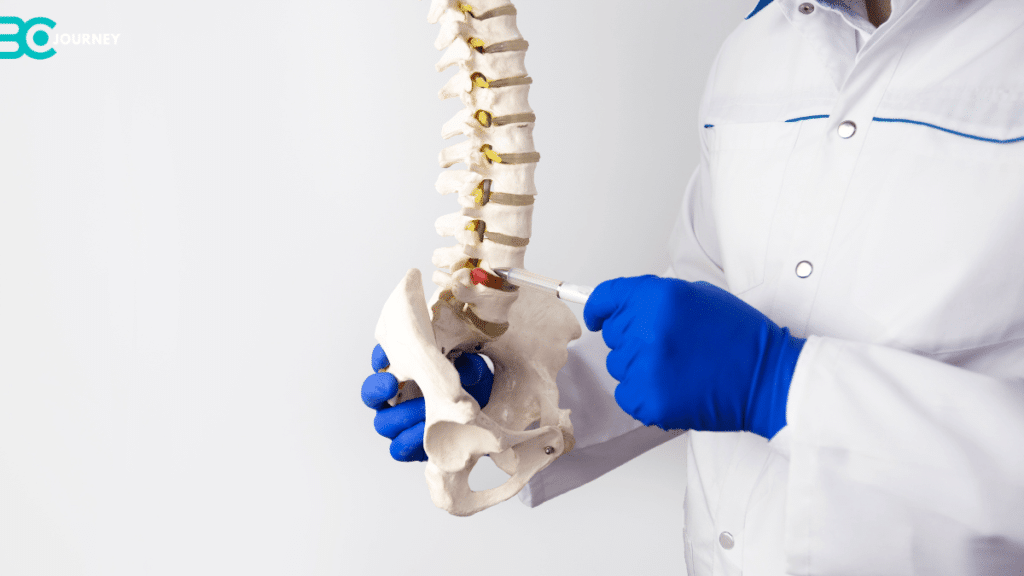
When the symptoms are severe and the non-surgical treatments do not provide the needed results, surgery is usually required. Some of the surgical alternatives for a herniated disk can consist of:
• Discectomy: the removal of the portion of the disk that is pressing on the nerve.
• Laminectomy: the removal of part of the vertebra of the lamina – to relieve pressure on the spinal cord.
• Microdiscectomy: a minimally invasive procedure that removes the herniated portion of the disk using a small incision
While surgery is often highly effective, it comes with risks and requires a longer recovery period.
How to Sleep with a Herniated Disk
Getting enough rest is crucial for the healing process, but sleeping with a herniated disk can be challenging. Here are some tips to improve sleep quality:
• Best Sleeping Positions:
Sleeping on your back with a pillow under your knees or on your side with a pillow between your knees can help reduce pressure on the spine.
• Use Supportive Pillows and Mattresses:
A firm mattress and supportive pillows can help maintain the natural curve of your spine while you sleep.
• Avoid Sleeping on Your Stomach.
This position can strain the neck and back, potentially worsening symptoms.
Preventing a Herniated Disk
While not all herniated disks can be prevented, several steps can be taken to reduce the risk:
• Maintain a Healthy Weight:
keeping one’s weight in check reduces the strain on the spine.
• Exercise Regularly:
Regularly strengthening the muscles that support your back and spine can help prevent disk problems.
• Use Proper Lifting Techniques:
always lift heavy objects by bending at your knees and keeping your back straight.
• Ergonomic Adjustments:
Set up your workspace to promote good posture, especially if you spend a lot of time sitting.
• Stretch Regularly:
incorporate stretching exercises into your daily routine to maintain flexibility and prevent stiffness.
Conclusion
In conclusion, herniated disks are a relatively common but potentially very serious condition that causes a great deal of pain and discomfort if left alone. The symptoms can range from quite mild to completely debilitating and can include pain, numbness, and weakness of the muscles.
There is a variety of causes, from old age to an unhealthy lifestyle to even such oddities as being in a car accident. With the right combination of self-care, non-surgical treatments and, for some people, operations, both the symptoms of the herniated disk and the disk itself can be corrected in the vast majority of cases.
Don’t hesitate to seek medical attention if you think that you have a herniated disk, as prompt action increases the effectiveness of the treatment.
Frequently Asked Questions
Yes, a herniated disk in the cervical spine can cause headaches. This situation arises when the compressed nerves communicate pain signals to the head. Additionally, tension or migraine headaches can occur.
Yes, chiropractic care can help a patient manage a herniated disk. Chiropractors perform spinal adjustments, which might lead to reduced nerve pressure, less pain, and smoother mobility. Consequently, this type of non-pharmacologic treatment is effective and does not involve surgery either.
Yes, receiving a massage might be beneficial for an individual who has a herniated disk. The procedure tends to people’s muscles and their tenseness, enhances blood circulation, and relieves pain. All these aspects are vital for relaxation and one’s comfort during the period of recovery.
Herniated disks can heal themselves when people get proper rest and the necessary procedures. The process might take a few weeks to months to complete.
